The key to reducing risks lies in rapid technical verification, transparency, and pragmatic dialogue.
The key to reducing risks lies in rapid technical verification, transparency, and pragmatic dialogue.
By Yıldıran Acar, Political Scientist
The reports of unmanned aerial vehicles (UAVs) falling near or being detected within Poland’s borders are not merely a transient news item; from Moscow’s perspective, they serve as a signal that will trigger a pre-existing chain of concerns. According to Russian experts, such incidents will further complicate the ongoing discussions surrounding the “security architecture” in the context of the Ukrainian peace negotiations and will activate a deeply ingrained siege perception within Moscow.
Moscow’s Perspective: The Logic of the Siege Perception
The drone attack in Poland can be seen as a direct confirmation of Russia’s thesis that it feels encircled. Russia views Ukraine’s increasingly aggressive approach to its borders, supported by the West and driven by nationalist and heavily militarized tendencies, as a serious threat to its security. These types of incidents trigger defensive reflexes in Russia, prompting the implementation of stricter measures. The allegation of drone strikes in Poland further reinforce this perception, deepening Russia’s sense of “siege.” In such an atmosphere, Russia will not only strengthen its defense strategies, but it may also fuel reciprocal escalation, an arms race, and an increased risk of broader military-political conflict. However, this development will not only impact Russia but may also trigger a similar chain of effects for Europe. The rise of a militarized mindset in Europe and an increase in arms procurement will be one of the side effects of this incident. Russia’s security measures may lead to a reaction from Western countries, which could increase defense spending and enhance military readiness. This development will also likely result in Ukraine receiving more military support from the West, which will, in turn, increase Ukraine’s arms capabilities and aggressiveness. With Western backing, Ukraine may further intensify its military strategy, exacerbating tensions in the region. Ultimately, this incident could lead to a reshaping of both European and regional military strategies, potentially escalating into a wider arms race and military strategy competition.
Concerns Triggered by the Poland Drone Episode
- Acceleration of the cycle of mistrust: UAV incidents of unclear origin deepen the blame-denial spiral, causing parties to take more cautious and aggressive measures.
- Escalation of the arms race: Public and political calls for “greater security” will drive increased military expenditures and defense support, further fueling regional militarization.
- Disruption of Ukrainian negotiations: The peace talks, already on a fragile footing, will face additional setbacks due to new border incidents. Diplomacy will not only be delayed, but will also be filled with more conditional and harsher demands.
- Russophobia and political polarization: Such events may legitimize anti-Moscow sentiments, contributing to the strengthening of more assertive foreign policy preferences in Europe, which in turn increases regional tensions.
Impact of Official Claims
Russian official sources have stated that they requested evidence and cooperation from Poland regarding the incident but did not receive satisfactory responses. Such statements create the impression that Moscow’s pre-existing concerns have been validated. Even in the absence of independent verification, official rhetoric shapes perception, potentially encouraging a hardening of policymaking.
Conclusion
The incident of a few downed drones in Poland is more than just a border issue; it is a trigger that activates the deeply ingrained siege perception in Moscow. If communication gaps between East and West are not restored, a new military-political order is not established, and independent verification mechanisms are not implemented, small sparks may serve as catalysts for an arms race, nationalist polarization, and a prolonged diplomatic deadlock. The key to reducing these risks lies in rapid technical verification, transparency, and pragmatic dialogue; otherwise, the gaps in the regional security architecture will continue to erode both stability and prospects for peace.



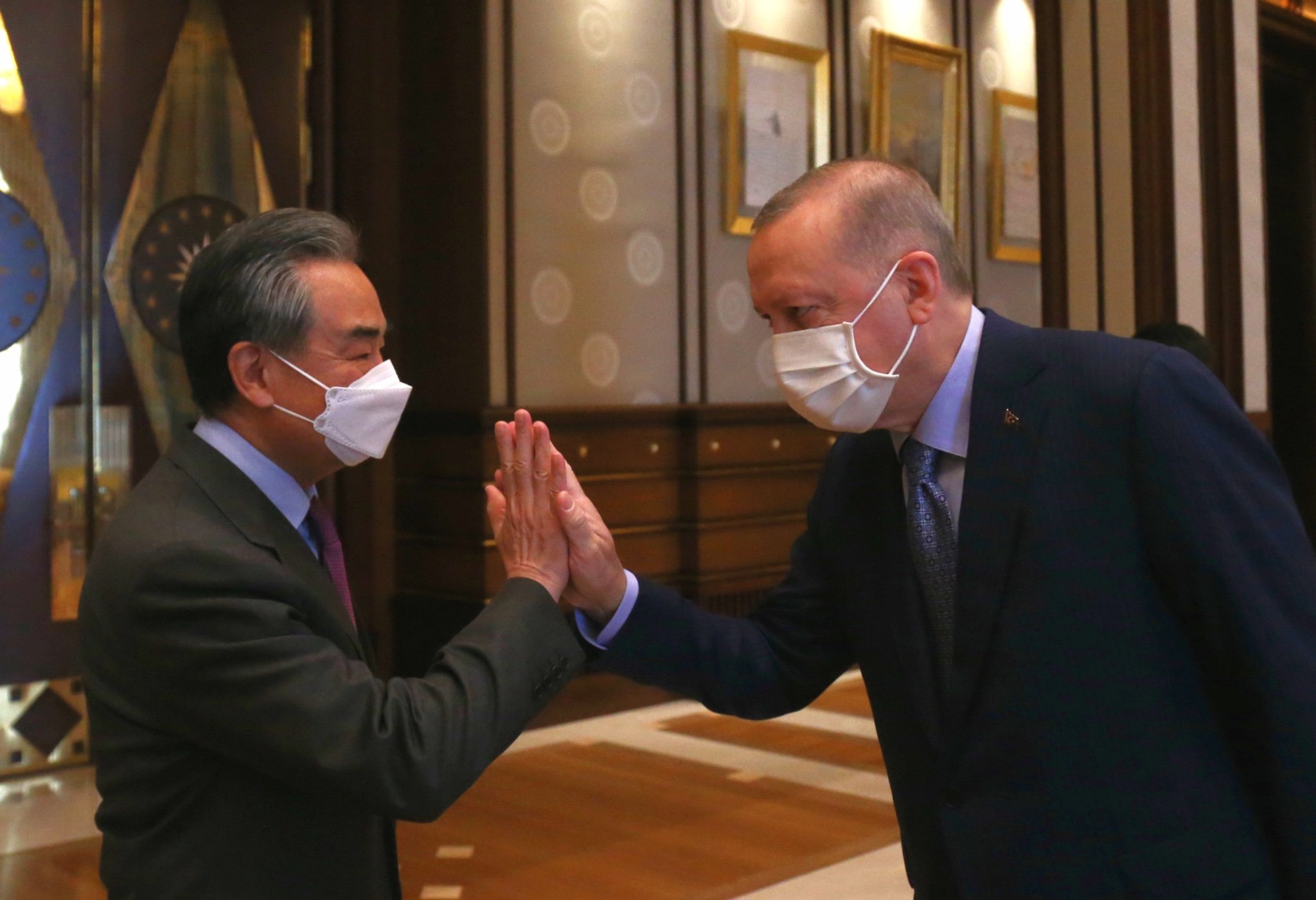
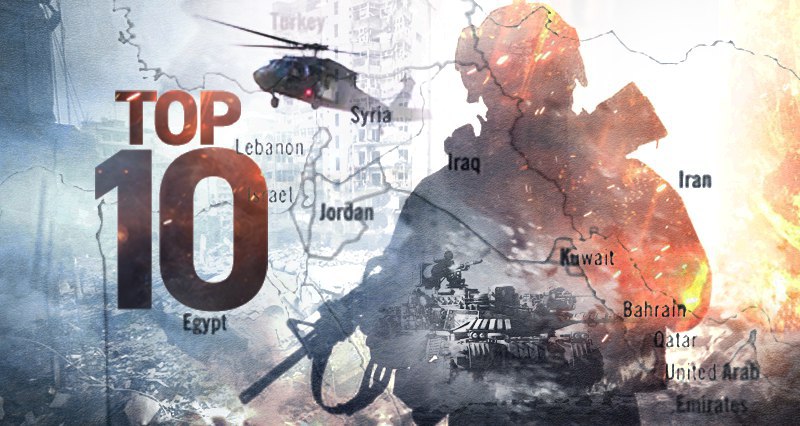


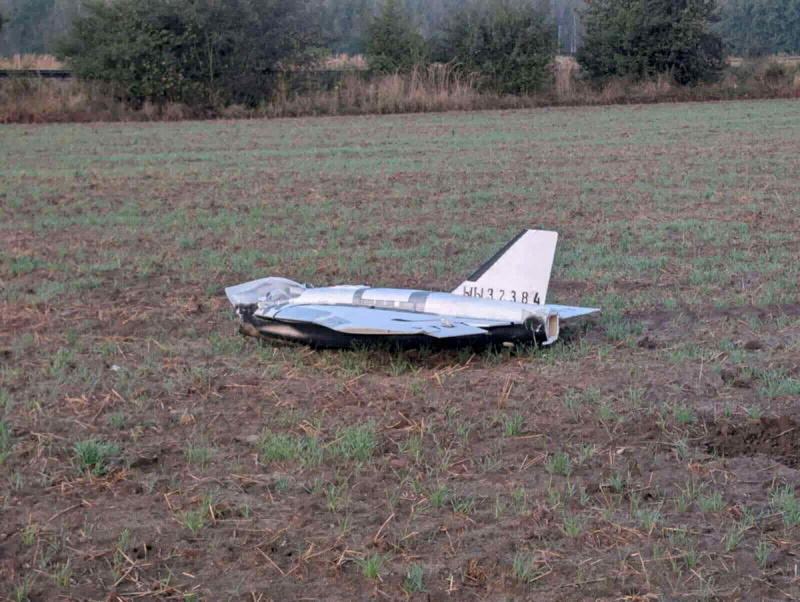
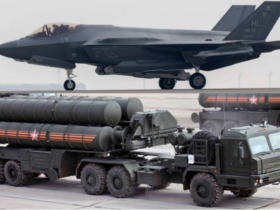


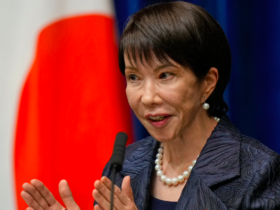
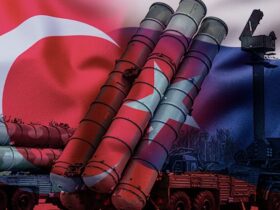

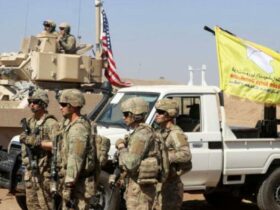


Leave a Reply